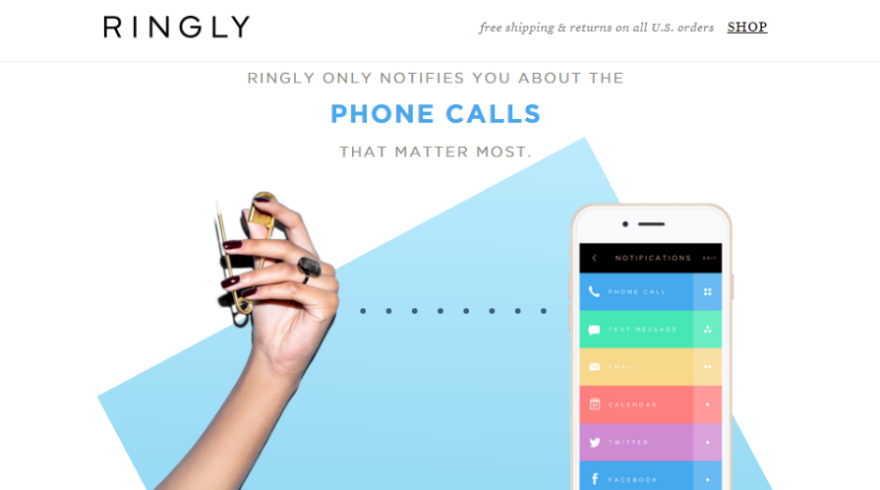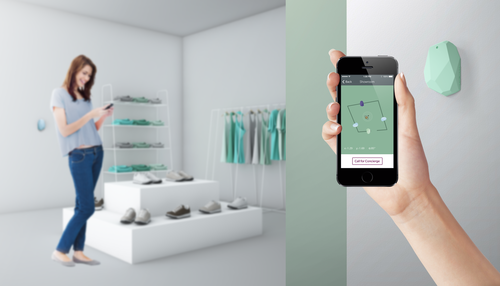Level 2 – Customer’s experience
The line between product and experience within luxury sector is extremely thin and blurred. In fact, luxury products and experiences have to be treated as inseparable unity. Introducing innovations at customer’s experience level is effective way (and relatively safe) to refresh brand’s image without actually touching the production process. Emerging technologies had opened a whole new world of possibilities to trigger luxury customers’ engagement during their decision path which has to be considered in two dimensions:
Online experience.
Being aesthetically sensitive, my eyes are really happy to see that internet finally grown up to luxury standards. With popularity of HTML5 language, philosophy of sharing UI/UX best guidelines and ecommerce success (some great do’s and don’ts here), luxury customer is not limited anymore to few high resolution packshots. As recent Havas LuxHub research confirmed, ROPO behavior (Research Online, Purchase Offline) is very common and “Owned Media” play fundamental role in brand’s storytelling. Well planned modern websites provide a pleasant and immersive product’s exploration while securing qualitative brand experience. They should be treated as digital storefronts requiring advanced technologies to be introduced as early as on developer’s level (responsive design and instant loading time is an absolute must). Cutting budget on website’s development process gives only illusive savings, as keeping it in-line with latest technological and design trends allows to smoothly guide visitors from homepage to basket checkout.
Parallel to brands’ official websites we have a luxury multibrand e-stores and their flagship example – net-a-porter.com which had mastered the art of selling luxury goods with delivering a valuable and engaging curated content (eg. via The EDIT magazine). Net also released The Net Set platform (thenetset.com) which by adding social features elevates shopping experience to whole new level of engagement, making Net-A-Porter a significant virtual competitor for premiere physical department stores.
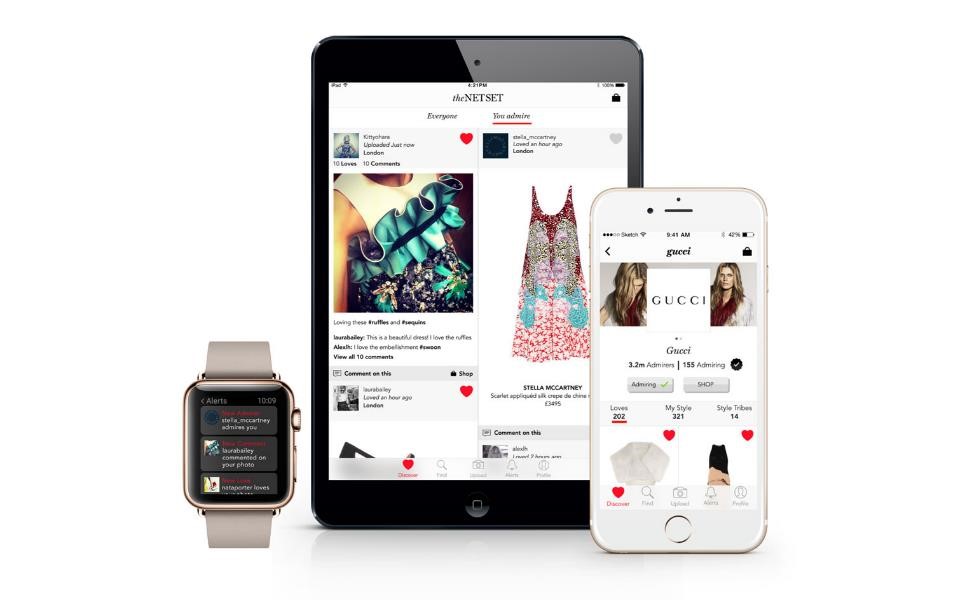
The Net Set – “Share & shop with the world’s most stylish women, including Poppy Delevingne, Liberty Ross, Erin Wasson and many more fashion-loving members.”
Offline experience.
The simultaneous dimension of customer experience is what actually happens in brick-and-mortar points of sale. Despite the rapid development of ecommerce business, a boutique’s window exposition still remains an extremely important touchpoint during luxury consumer journey (indicated as “the most relevant touchpoint” by 61% responders in Havas LuxHub research). That’s why innovations also should be introduced within the physical store, however not being limited to free Wi-Fi but considered as advanced CRM systems driven on live data. Great example of truly individual customer’s treatment is Burberry having its personnel equipped with tablets with full range of information about returning visitors.
And here we reached the biggest challenge – how to create a solid bridge between online and offline worlds? It is partially possible thanks to click-and-collect function in e-shops, which gives the convenience of online shopping and does not take away an exclusivity of in-store experience. However, thanks to Polish company Estimote, there is a better way to connect online and offline dots through Beacons. Combined with dedicated mobile app, these small passive-communication devices allow for precise customers’ tracking and understanding their shopping behaviors. By delivering such metrics as demographic data, personal interests or average checkout value, Beacons are not any sort of “flashy gimmicks” but a massive data driven marketing tool. It is actually possible to track which product the customer considered during his or her boutique’s browsing and match it with the same customer who visited brand’s website 3 days ago and who will receive a special offer by email in upcoming days. Furthermore, thanks to Beacon-App combo, the customer gets a detailed product’s description (plus individual style guidance) while staying in front of the shelf. And this is where true beauty and power of Beacons actually reveal – they bring actual benefits not only for marketers, but mainly – for the clients.
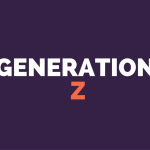
Previous:
Changing of the guard – the native digital Generation Z as a fashion consumer 3.0

Next:
How did Polish fashion industry start talking about wearables?
You may also like
-
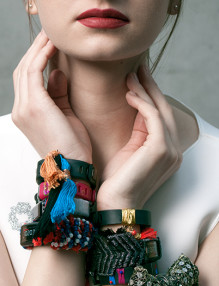 11 Jan
11 JanHow did Polish fashion industry start talking about wearables?
business of fashionPhotography: Kasia Gola / GeekGoesChic.Co Make-up: Polka Dźwigała / Seizo.pl Model: Magda Zalewska / Embassy Models Stylists: Aga ...
-
 30 Dec
30 DecFree fashion tech education and inspiration for 2020
business of fashion2020 is coming. Fashion future is here. In my last post, I have selected 10 ...
-
 21 Nov
21 NovDo sports brands make the best fashion tech?
business of fashionSports brands are fashion giants; the segment is growing by the year. The estimated value ...
-


